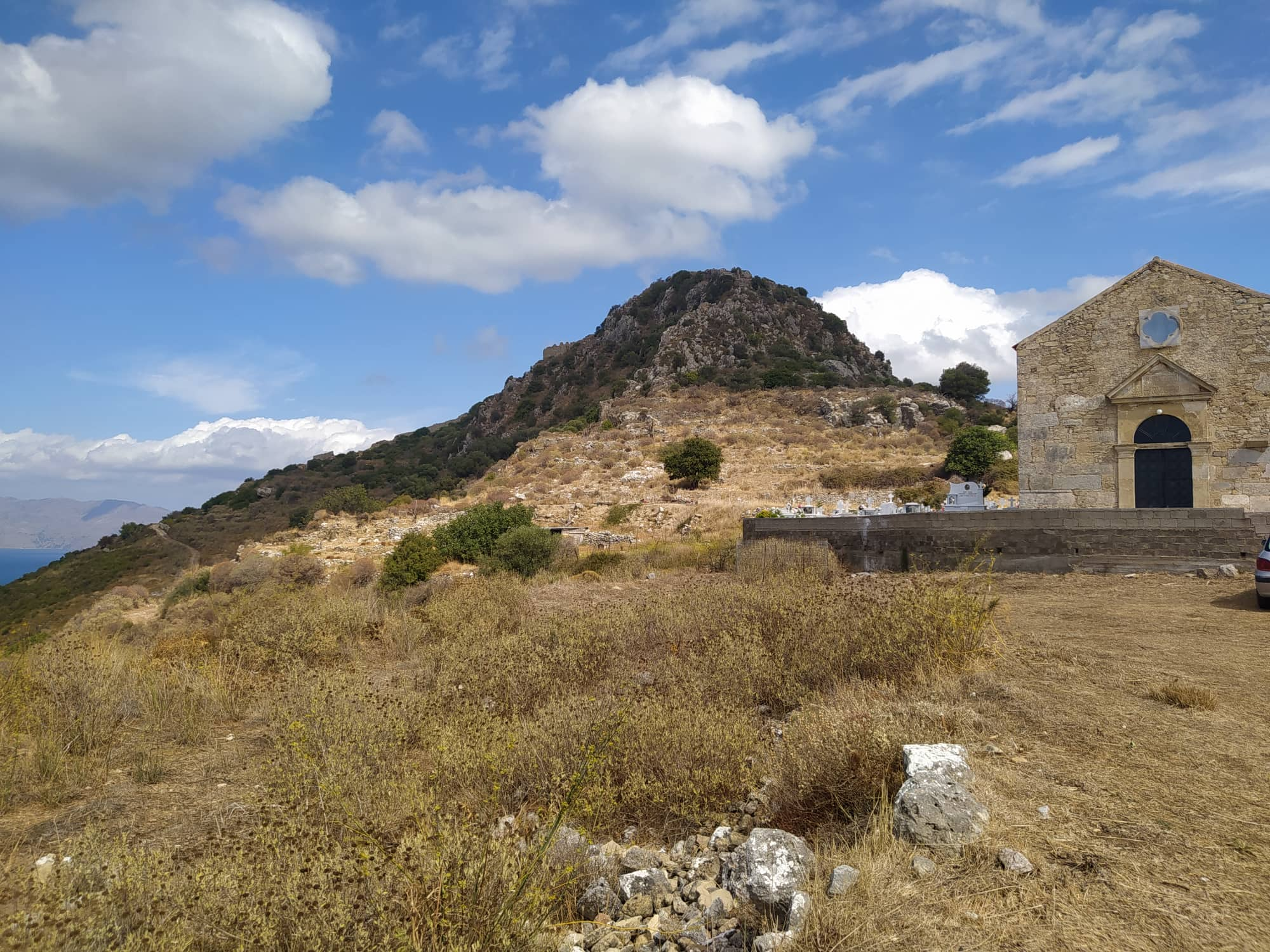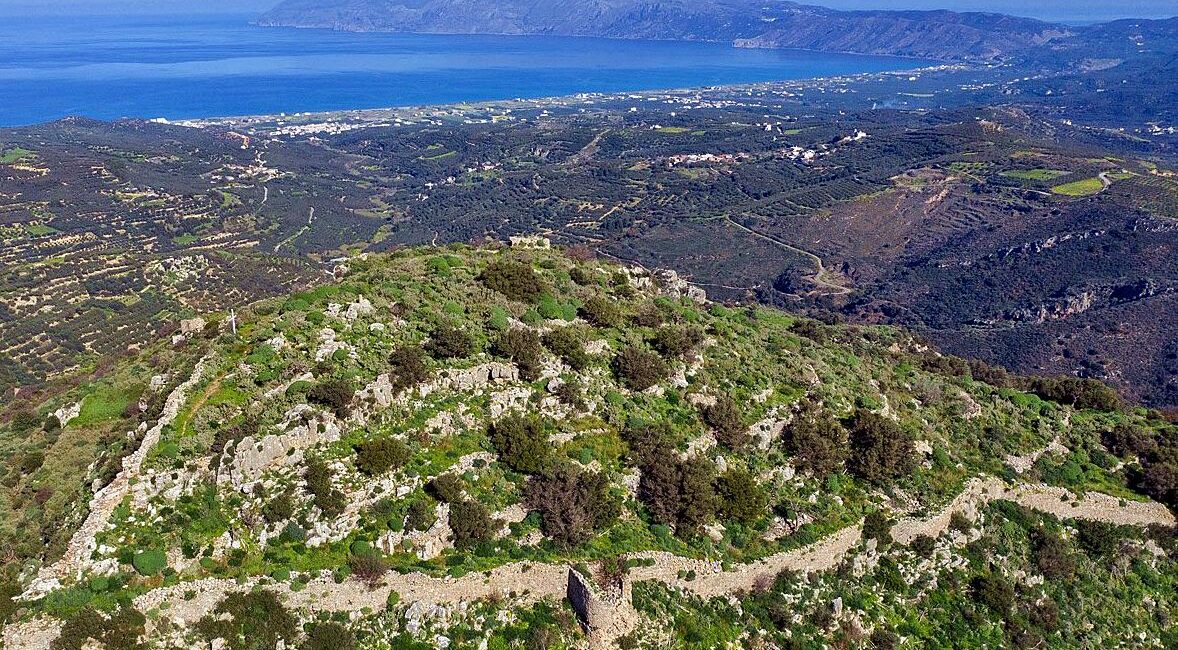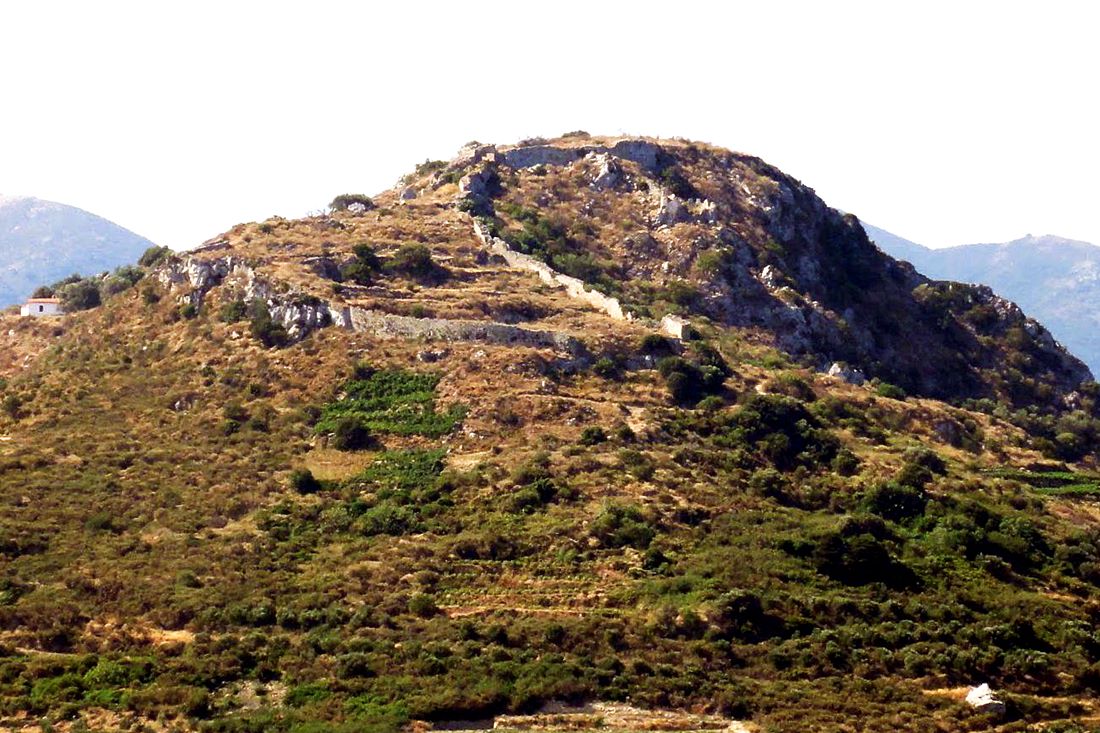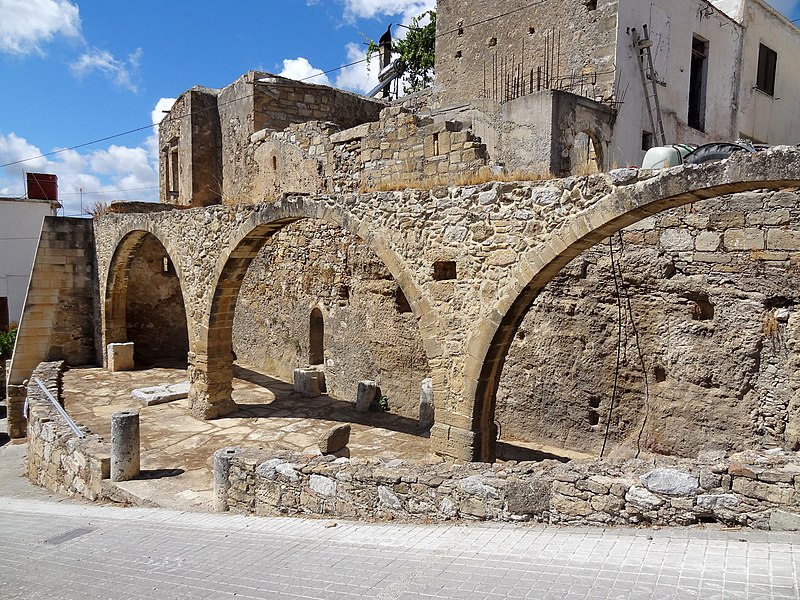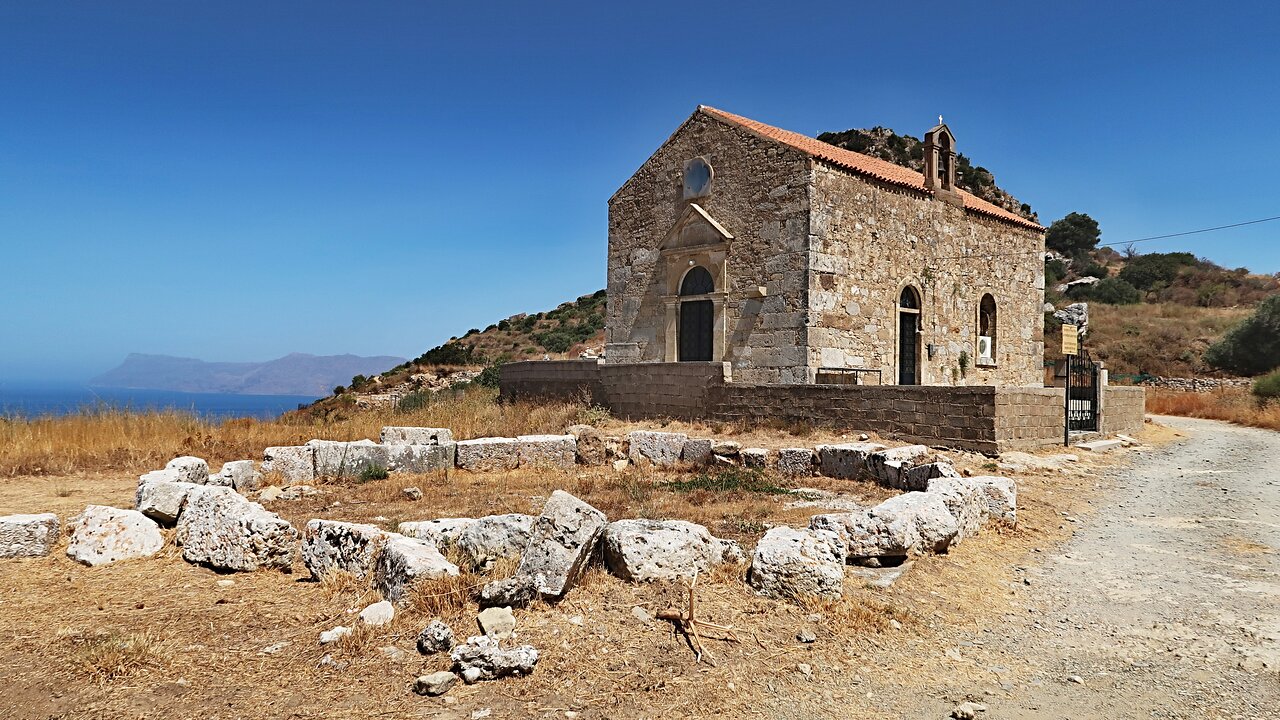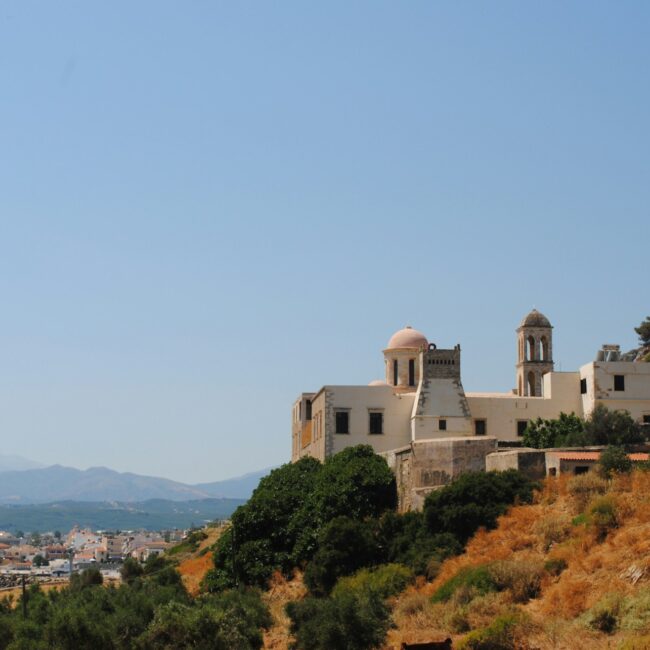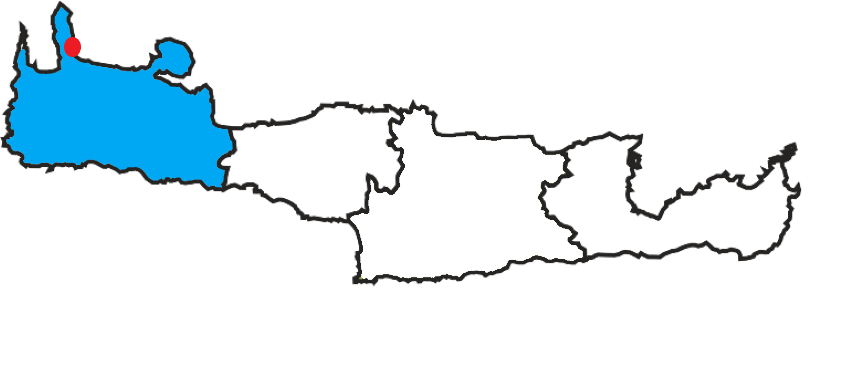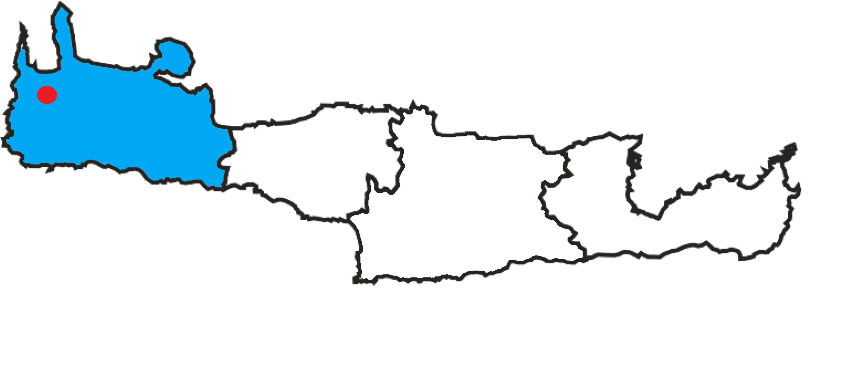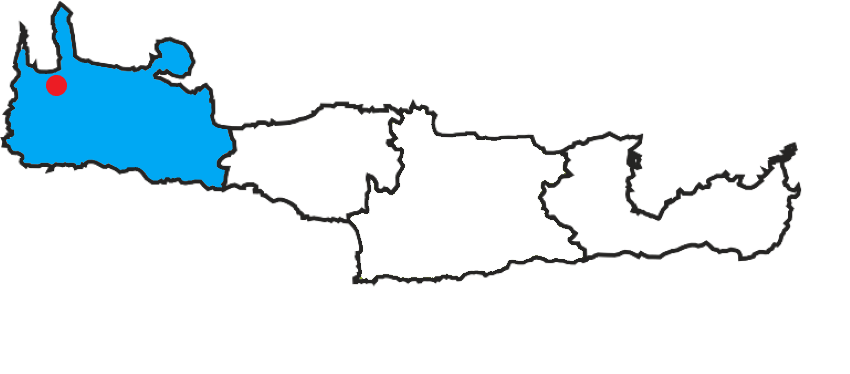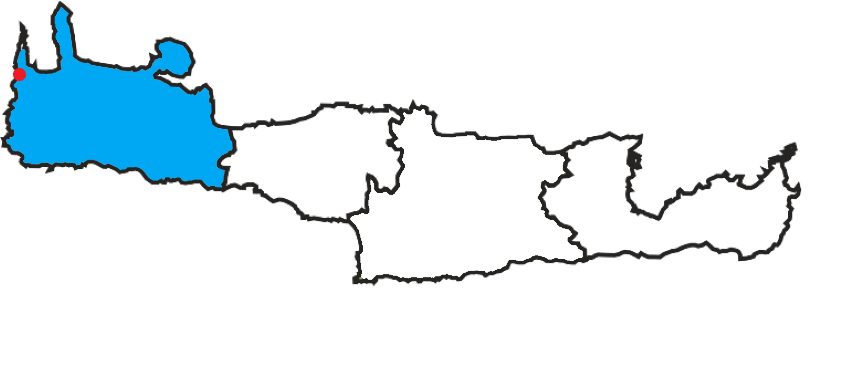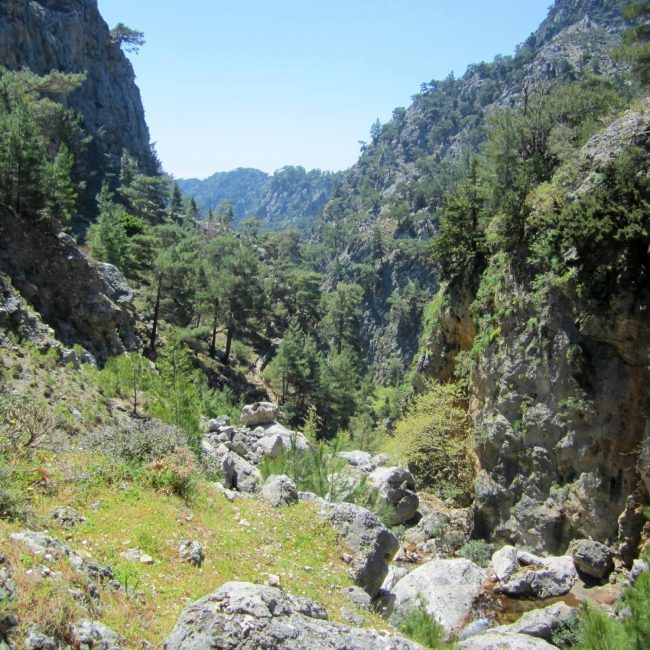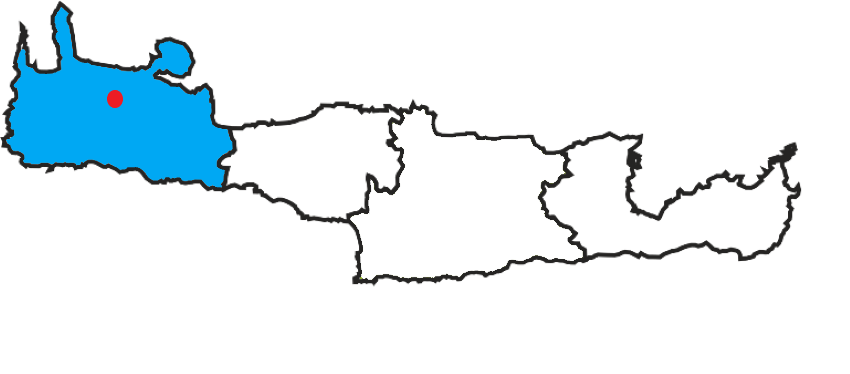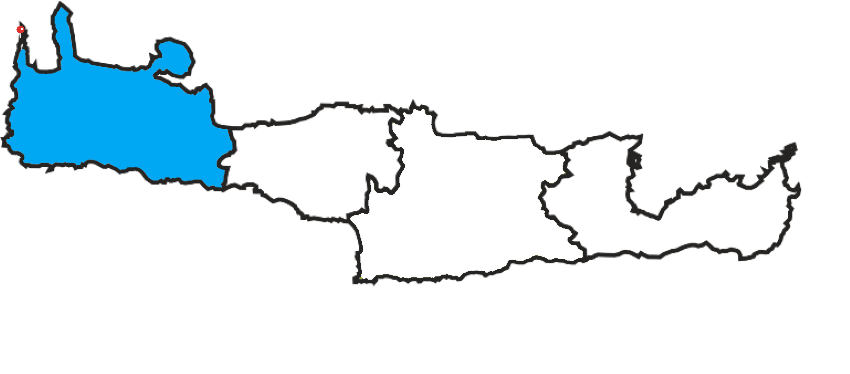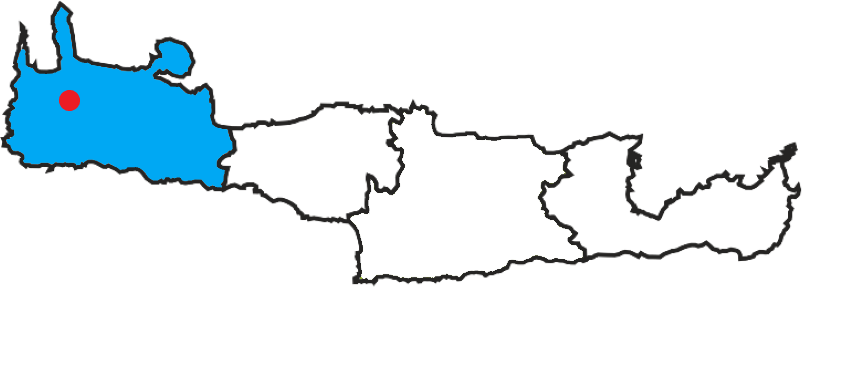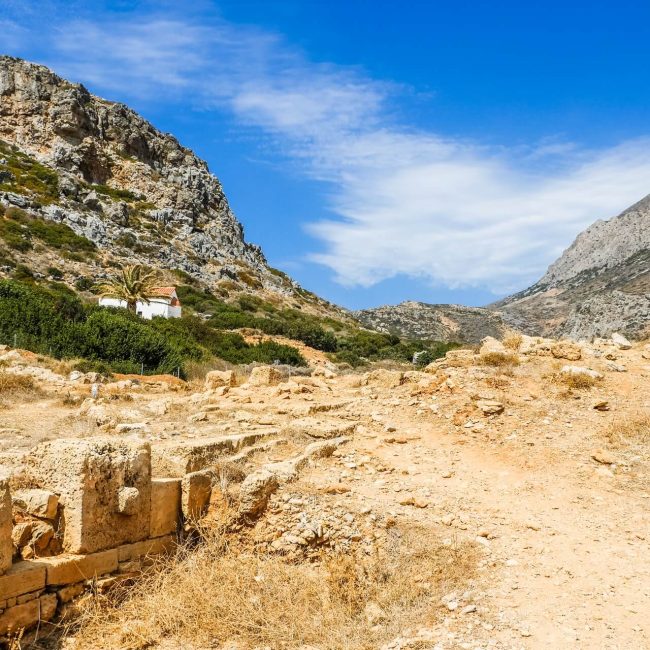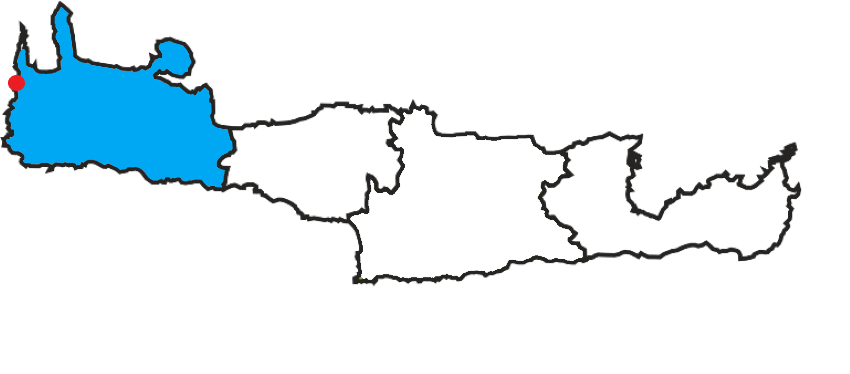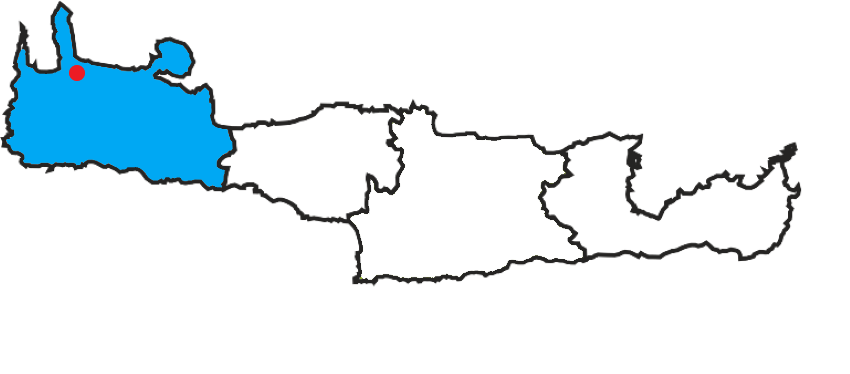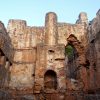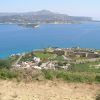Ancient Polyrinia
Ancient polyrinia: the shepards fort
Ancient Polyrinia is located in western Crete, in the district of Chania. Built strategically on a steep hill and at an altitude of 481 meters, it was an important city-state that commanded two seas (Cretan and Libyan) and had a huge impact on the nearby area with its presence. In this article, we will point out the history of the ancient city as well as the sights worth visiting.
History
Polyrinia was a city-state that existed from the Archaic period (6th century BC) to the Roman period. You will find it written in different ways in English, like Polyrrhenia or Polyrrhinia. All of them refer to the same site. The name in Greek literally means “Many Sheep” and probably indicates the profession of the majority of its cityzens (sheppards).
After Kydonia (today’s Chania), it was the most important classical city in western Crete. It was a traditional enemy of Knossos and Kydonia, as well as the nearby harbor of Falassarna.
Polyrinia was an ancient Cretan metropolis that controlled the western section of the island. It had established close trading relations with Sparta, Milos, Rhodes, Thebes, the old Ionian coast, and Egypt. Ships carrying cargo docked at both Kissamos and the ancient Falassarna, which served as ports in Polyrinia.
It was one of the most fortified cities in western Crete. The walls that surrounded the hill’s crest were erected on top of the earlier ones. They have been updated over time and currently include elements of Greek, Roman, Byzantine, and Venetian techniques.
During the Roman invasion of Crete, when the city was conquered by the Romans, Polyrinia decided to paradoxically support its invaders. The city was spared destruction because of this move. It’s worth remembering that Gortyna used a similar strategy. Both cities earned status and privileges as a result of their Roman backing.
The Polyrinians promptly erected a monument to Quintus Metellus, the Roman conqueror of Crete, while the Romans built a water supply system with an aqueduct and fountains in a newly captured location. Emperor Hadrian gave it to new allies as a gift.
Polyrinia conquered its longtime opponent, the most powerful city of western Crete: today’s Chania, or then Kydonia, thanks to new Roman allies.
attractions
While traveling to the village of Polyrinia, you will pass an old bridge called “Grigoriana“. It is a very well-maintained construct and very durable for its age. This is the first glimpse into the past of the region. Shortly after the bridge, you will reach the village. From there, you have a few choices to explore, and of course, there are signs to guide you. Let’s see them in detail below:
the acropolis of polyrinia
The crown jewel of the ancient city is located northeast of the village.
A temple dedicated to Artemis stood on Polyrinia’s acropolis. Stones from the temple were utilized in the construction of the Holy Fathers Church, which was completed in 1894 and is placed where the temple once stood.
The ancient temple’s altar is part of the eastern wall of the rebuilt temple’s altar. Many inscribed rocks with treaties and dedications are integrated into the church’s walls.
Agamemnon, according to Greek legend, stopped in Crete on his way back from Troy to make a sacrifice in Polyrinia. His ships were anchored in Honi (now Nopigia). However, while conducting the sacrifice, he observed his ships being burned down to the sea by his war prisoners and had to depart before finishing.
The Roman Aqueduct
The aqueduct is one of the most obvious old city ruins. It is carved and can be found in the present village’s central plaza.
A restored semi-circular defensive tower next to it is linked to the aqueduct via a conduit. Parts of the village’s arcades have also been preserved.
The water was gathered from a carved underground tank that was linked to a second tank by an open clay pipe. There are also sculpted cisterns dispersed around the archeological site. There were tanks in the citadel as well.
Polyrinia’s houses were sculpted with brick facades.
The necropolis of polyrinia
To your right, shortly after the start of the road descending down into the valley, there is another sign to the Cemetery of Ancient Polyrrhenia. We suggest walking there while leaving your car on the main road. Parking is not an issue because the road is broad.
On the way down, the cemetery is about 300 meters away. It’s not particularly marked, but if you look closely, you can see a sign peeking through the olive trees. There are a few rock-cut tombs but not much else, so the effort may not be worth it.
The village of polyrinia
In addition to watching historical remains, it is also worth paying attention to the village itself, which is full of charming nooks.
The village itself is a stunning experience. A bit more modern houses are built with stone mixed with stone-carved remnants of structures from the Roman and Hellenic eras.
An interesting sight is a nice small church of the Assumption of the Virgin Mary built in stone.
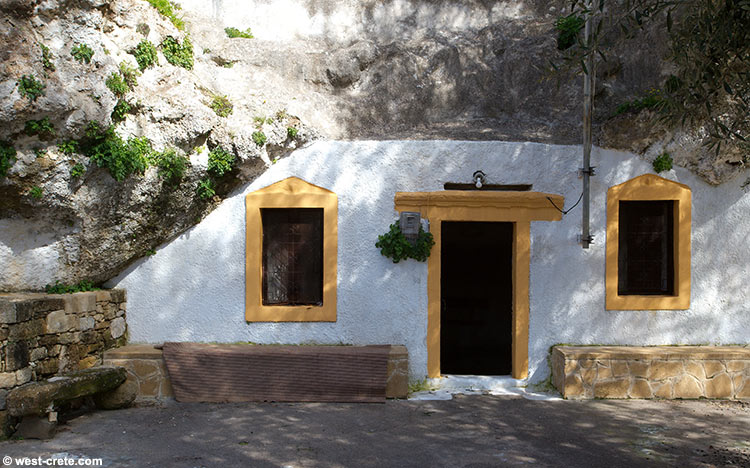
THINGS TO SEE AND DO IN ancient polyrinia
How to Get There
By car:
Ancient Polyrinia and the village are located 44 kilometers west of Chania. Exiting the city, you will follow the national road E65/090 and drive until Kissamos village. Reaching Kissamos, you will enter the village, and there are signs to guide you on the road to Polyrinia. The road you need to follow is called Polyrinias, and its a 7-kilometer road until you reach your destination. In total, this trip will take you 1 hour.
Conclusion
The ancient city of Polyrinia is a fascinating destination for history enthusiasts and anyone interested in exploring the rich cultural heritage of Crete. Visitors can immerse themselves in the ancient past of the island and discover the remains of one of the most fortified cities of ancient Crete. The hilltop location of Polyrinia offers breathtaking views of the surrounding landscape, making it a must-visit destination for anyone traveling to Chania, Crete.
ADDITIONAL TIPS FOR AN ENJOYABLE VISIT TO ancient polyrinia
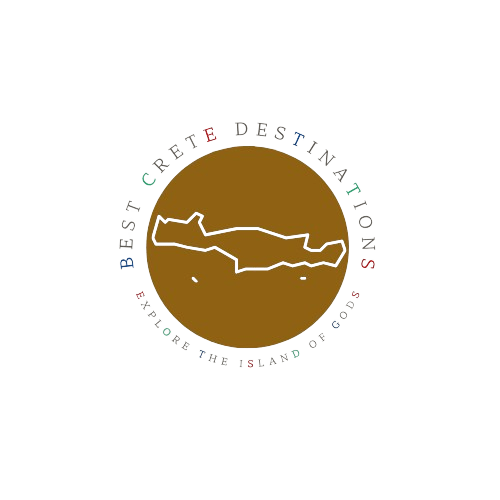
Destinations near ancient polyrinia
More options for nearby locations to plan your vacations better!


